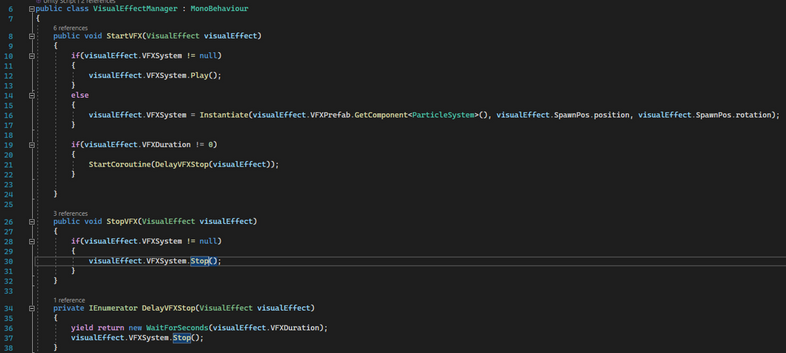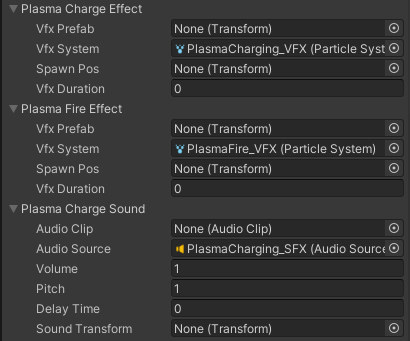Forefront (VR Prototype)
- Oliver
- Apr 21, 2023
- 2 min read
Updated: Oct 30, 2023
21/04/2023
Welcome to this blog post discussing a project I've been working on since the start of February. Forefront is a VR arcade-like FPS, where players defeat various enemies using their customisable toolkit to reach new high scores on a collection of difficulty modes.
The project is currently still in development as part of coursework, but I thought it would be nice to share my experience working in VR, and some of the features I've been able to implement.
User Interface & Interactions
A focus of this prototype was introducing interactions that appeal to both the sci-fi theme and enhance the experience of virtual reality. A variety of menus can customise the player's plasma cannon and perks.
Adding different parameters for the plasma cannon was essential to allow for customisation. These include blast radius, power efficiency, damage output, charge time and projectile velocity. Using the ray selector, the player can drag the UI sliders to change the values of each property.
For the perk menu, I wanted to incorporate something physical into the interaction that lends itself to the experience of virtual reality. The player can select the perk using the ray, pick up a grabbable cube and place it into one of the slots. I felt this selection was innovative and could be applied generally in more mainstream cases for selecting options in virtual reality.
Combat Features
To ensure a diverse combat experience, the toolkit available was an essential component. The player has three pieces of equipment to defeat enemies. These sci-fi weapons include the plasma cannon, defensive laser and sword.
The method of equipping these devices was equally important, so I introduced a 3D wrist menu. Using the left-hand controller, the player can select an option. This method allows for the quick selection of a weapon in the heat of combat, imitating the scroll wheel selection found in most FPS PC games.
Sound and Visual Effects System Architecture
Although I have implemented sounds and visual effects in past projects, I was satisfied with the system I implemented to ensure a low memory cost and easy activation/deactivation.
Using the AudioManager and VisualEffectManager classes, simple functions can activate/deactivate sounds and vfx. I created two data structures with several properties. These include a prefab for vfx and an audio clip for sounds. The effects and sounds are reusable if they are not currently active and match with the one that is trying to be played, saving memory and avoiding the deletion of objects. This approach allows for global world effects and sounds with ease and avoids having to spawn new objects. Scene audio and vfx objects placed before runtime are possible by assigning the particle system or audio source to the inspector. The data structure (using System.Serializable) allows multiple classes to reference these effects and sounds. All the properties of these sounds and visual effects can be customised inside the inspector, keeping code clean and minimal.
Full Gameplay
This video showcases the full features of the prototype.
Summary
Over the next few weeks, I will upgrade the project to a more full and encompassing game. Essential features include enemy AI and additional interactivity, and I will focus on the level implementation and gameplay experience.
Thanks for reading this blog post, and I will have more updates in the future.













